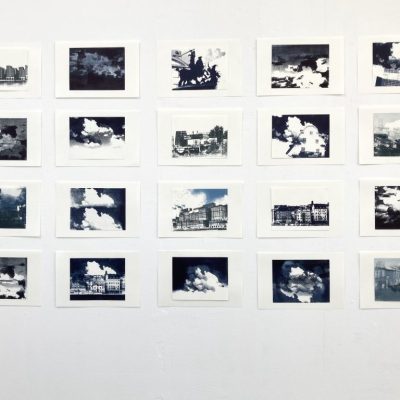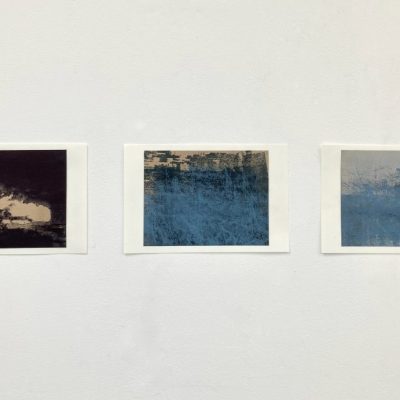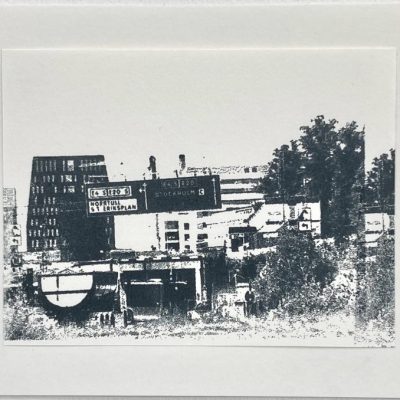Marking a surface, as a system of communication, has lost little of its relevance today; the means may be more varied but the essence of the act remains fundamentally unchanged. My work is a continuation and a disruption of this process. It examines the history of mark making in the context of drawn, written and programmed language. Using present-day and historical data as research material, I investigate modes of inscription, replication and transmission.
Drawing is a tactile media, predominantly of the hands. I employ obsolete office copying materials in making my work; carbon paper and typewriter film. The binary nature of much of the work is the result of following the logic of these materials; it explores the relation between the original and its copy, sharing characteristics and appearance with print. Now, I actively pursue print in the form of Mimeograph, viewed historically as a low-budget publishing technology. To produce mimeograph copy, I use mechanical devices, typewriters and primitive duplicating machines such as the Neo Cyclostyle Gestetner, c.1890. Developed in the late nineteenth century, these machines met a growing demand in business to copy and replicate words and imagery efficiently. In re-employing this obsolete print technology in making my work, I want to contribute to its revival and continuous deployment and recognition as an original fine art print medium.
During my residence at Detroit Stockholm, I continued to develop this objective. Stockholm is a great place to explore on foot and walking gave me a good sense of the city’s urban environment, the colours of the buildings being both surprising and unifying. I had brought with me a small Japanese ‘Horse’ mimeograph press, (Tokyo c.1920) that I had purchased specifically for its size and portability. In the studio space at Detroit Stockholm, I was eager to see how it would work and began a series of mimeographs inspired by these walks. I wanted to test the printer and its capabilities and let chance play a role by repeatedly putting the prints back into the press. In this way, the images were built in the press and not made as identical multiples. I deliberately ‘mis-registered’ and used Gestetner ink to blur and Riso ink to sharpen. It was good to work in a new space and to make the limited materials I had brought adapt to fit an alternative printing method, engaging and surprising myself in the process.
I visited a number of museums during the residency, including National Museum, a particularly interesting exhibition there being The Garden, Six Centuries of Art and Nature; Moderna Museet and most particularly The Thiel Gallery where I went to see an exhibition called Touching. Andreas Eriksson and Edvard Munch a duo exhibition of prints by Andreas Eriksson (b. 1975) and Edvard Munch (1863–1944).
Share:

